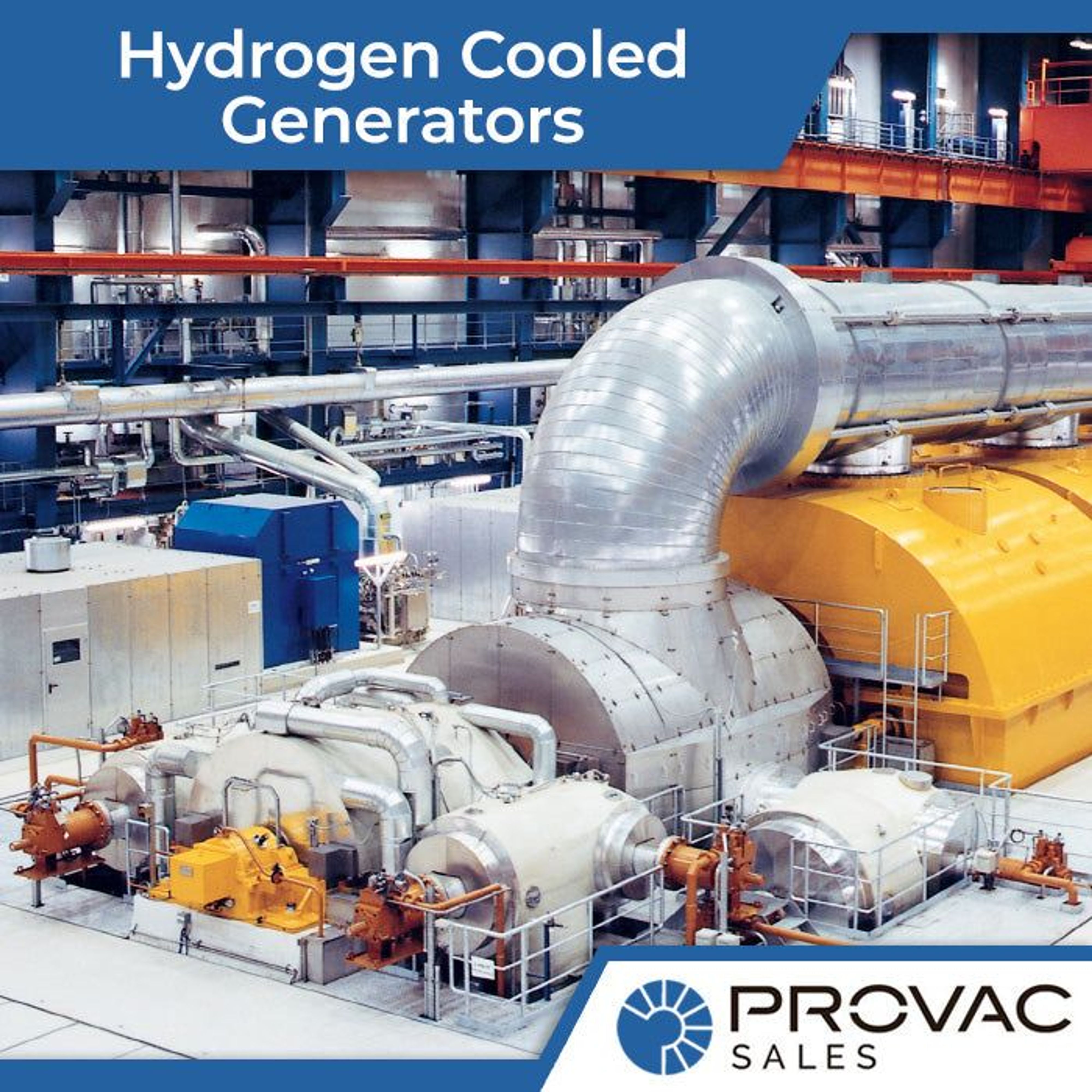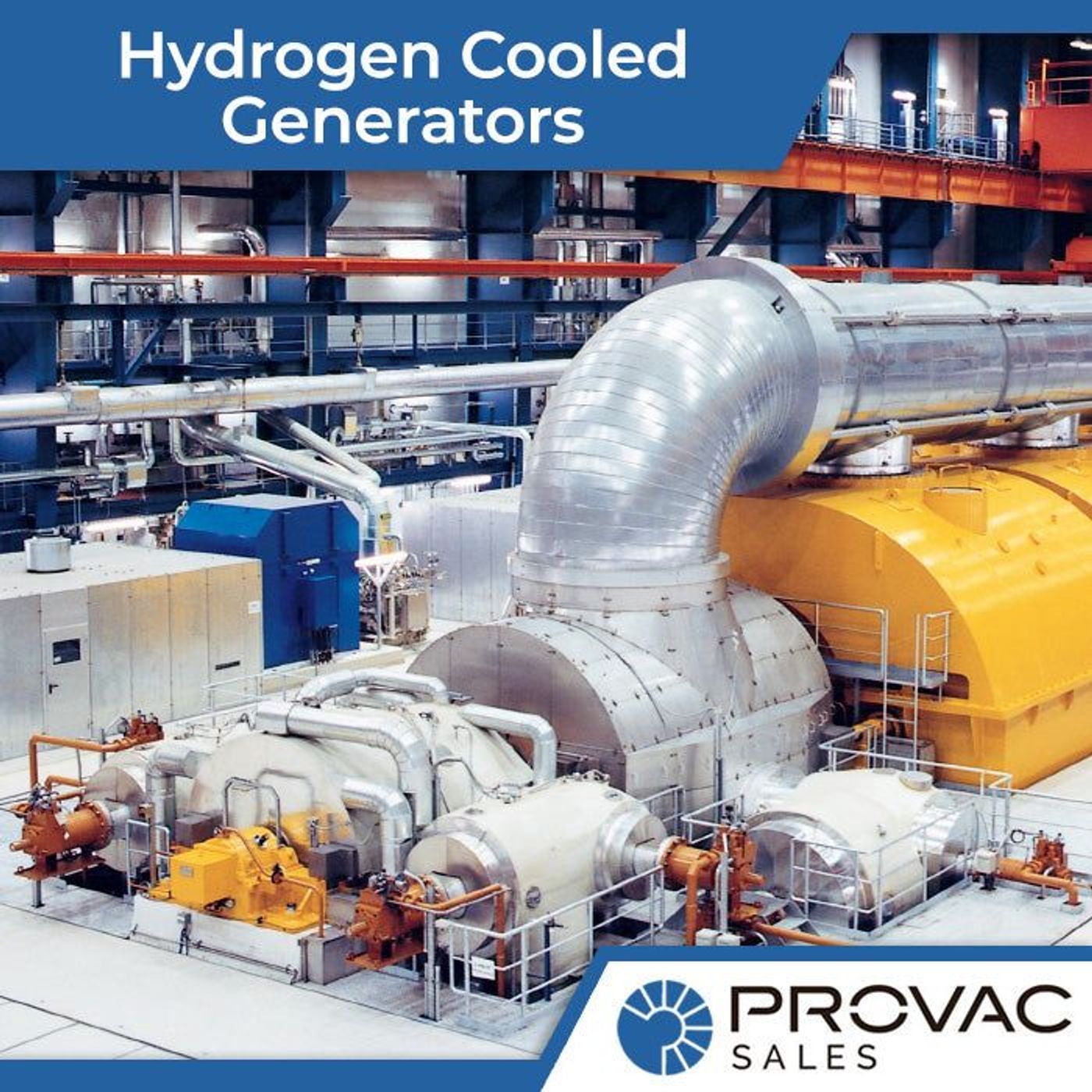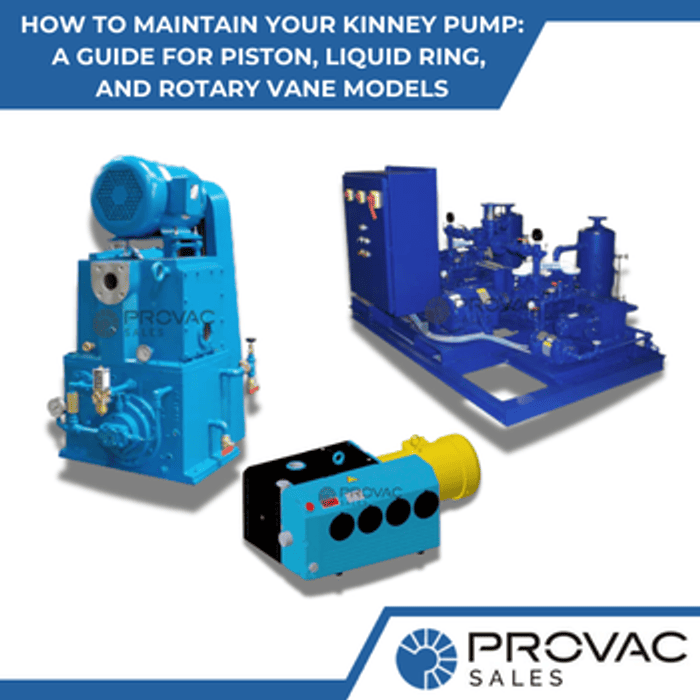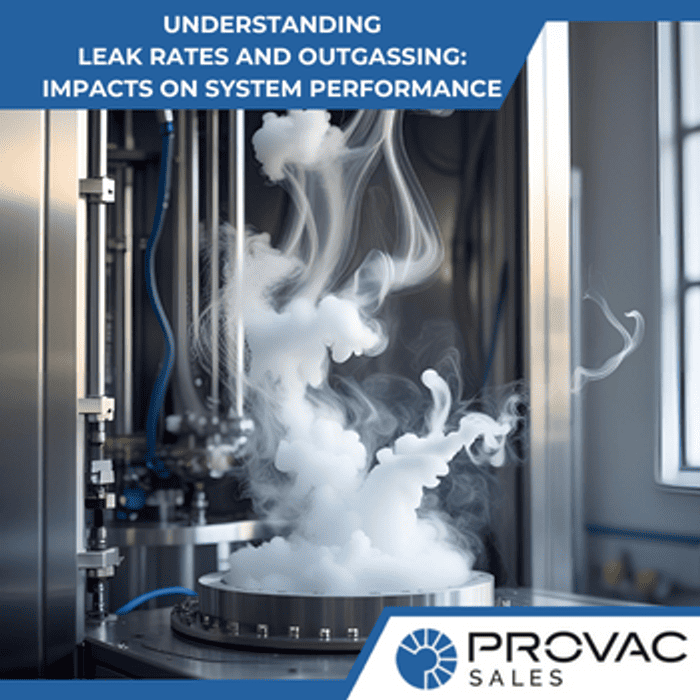System of Hydrogen Cooled Generators
There’s a supply of pressurized seal oil in generator shaft seals to inhibit hydrogen escaping at the shaft. Provided this seal oil pressure within the annular gap surpasses the gas pressure within the machine, no hydrogen will escape from the generator housing. There’s also a supply of seal oil to shaft seals from a closed-loop oil circuit.
During normal activity, the A.C seal oil pump typically draws the seal oil and then feeds it to the shaft seals via coolers and filters. The airside seal oil is usually returned to the seal oil tank via a float valve. And the oil that’s drained on the hydrogen side begins by flowing into the pre-chambers and the adjacent oil tank.
The seal oil within the seal oil tank is usually kept under a vacuum to inhibit deterioration of the hydrogen purity inside the generator housing. As a result, the gases trapped within the oil are removed to allow the seal oil pumps to draw largely degassed oil. When it comes to oil circulation, AC motor, DC motor, and 100% capacity screw type pumps are provided. A vacuum pump is also provided for sustaining a specified vacuum within the seal oil tank.
How Does The Seal Oil System Operate?
The seal oil is normally kept at an elevated pressure by a specified differential for the proper functioning of shaft seals. Based on the differential pressure setting and the gas pressures prevailing, a smaller or larger amount of oil is usually returned into the oil tank so that the necessary seal oil pressure is maintained at the shaft seals.
Because the seal oil pressure and the gas pressure act in the opposite direction when it comes to the valve actuator, it makes the valve steam move upwards or downwards whenever these pressures are not well-balanced. The oil flow throttling leads to an increase of seal oil pressure when it comes to the shaft seals. The setting of the differential pressure to be maintained by the valve is performed by preloading of the main bellows.
The oil usually drains from these shaft seals in two sections, towards the hydrogen side and another towards the airside. Usually, the oil that’s draining towards the hydrogen side is passed into the pre-chambers. The pre-chambers specialize in calming down the oil, which allows the escape of entrained gas bubbles and the ultimate defoaming of oil.
The oil from the adjacent oil tank is constantly returned into this seal oil tank alongside the oil that’s drained on the airside via float valves. One float delivered on an adjacent oil tank sustains a fixed level in the tank, such that the hydrogen in the drain lines doesn’t escape into the drain system. Generally, the float valve offered on the seal oil allows the inflow of oil so that the oil level does not exceed the high level. Any surplus oil which isn’t accepted by this seal oil tank is usually returned to the system’s seal oil storage tank and into the central turbine oil tank. If there is a shortfall in the oil when it comes to the seal oil tank, the oil will flow from the storage tank automatically and sustain the needed constant level.
A rotary vane vacuum pump is used to evacuate gases from the seal oil tank. The vacuum pump is often kept in operation by offering a suitable interlock provided either of the seal oil pumps is functioning. If the shaft seal oil supply is achieved from the governing oil system, then the differential pressure is controlled through differential pressure controlling valve-B. Apart from the valve cone and valve seat, this valve is of a similar design as the ‘A’ valve. Because of the varying valve cone arrangement, it makes valve-B open at a downward movement of the valve stem.
Furthermore, the regulated oil takes a similar path to the shaft seals via the coolers and filters. Because the oil isn’t drawn from this seal oil tank, the seal oil tank’s float valve won’t open and the drain oil will then flow towards the oil storage tank, and this is where it further flows into the central turbine oil tank. This is when a gradual deterioration of hydrogen purity within the generator will occur requiring the scavenging of hydrogen to enhance its purity. In case the generator is in standby condition, then the shaft seal oil supply is achieved from the bearing oil system and the differential pressure is sustained by minimizing the pressure of the hydrogen gas.
The little amount of hydrogen that’s entrapped with oil doesn’t pose any risk to the generator surroundings, because the seal oil storage tank is supplied with duty vapor extractors that ensure constant venting of this tank. An extra vapor extractor is also offered on the turbine oil tank. To guarantee the sealing ring’s free-floating condition in the seal body even at elevated machine gas pressures, these shaft seals are offered with ring relief oil. Generally, the ring relief oil supply is acquired from controlling the oil supply line via a simplex filter and is side-admitted on both shaft seals.





